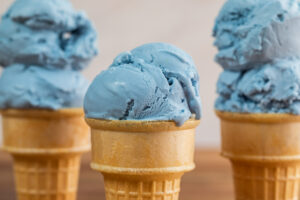Annatto: Bixin and Norbixin
Annatto is a yellow to red-orange natural color that is extracted from the spiney seed pods of the Bixa orellana, or achiote, bush. It is native to tropical growing areas in Central and South America as well as Africa. In some countries like Brazil, the seeds are also used as a spice in cooking. In the coloring world, though, there are two different types of annatto that are used in the food industry: Bixin and Norbixin. But what’s the difference and when should you use bixin or norbixin?
In this article, we’ll take you through the differences between these two common colors.
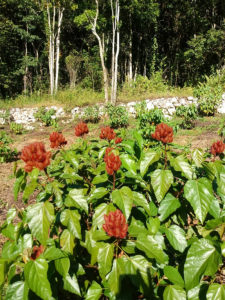
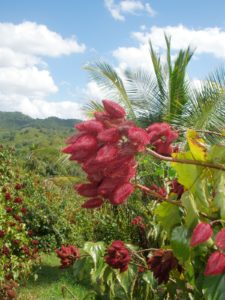
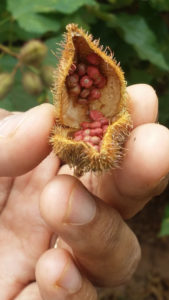
Bixin
Bixin is the original form of annatto that is extracted from the seed coating and is naturally oil soluble. One method to extract bixin from the seed coat is using hot vegetable oil. However, bixin is only soluble in vegetable oil at low percentage rates. You can create stronger products by using bixin suspensions. This is done through repeat extractions of annatto seeds yielding bixin concentrations of 4% or greater. Oil soluble bixin is a yellow color, whereas suspensions of bixin are a deep, vivid red orange.
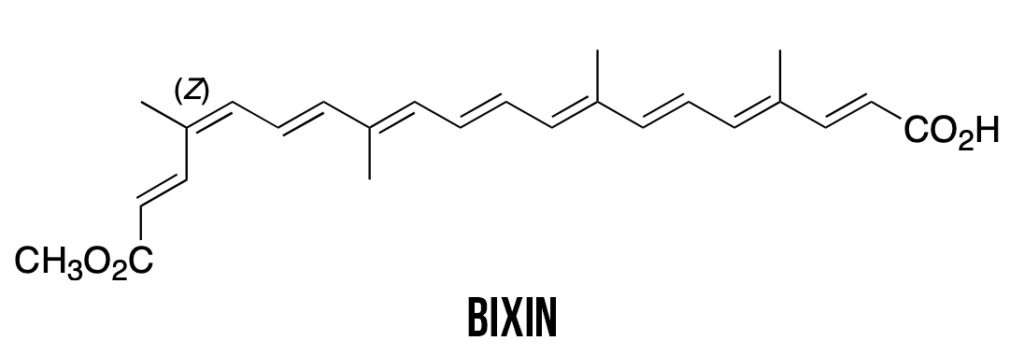
Bixin is a commonly used natural color in the food industry because it is an economical option for yellow to red-orange hues depending on the application and dosage rate. Since bixin is oil soluble, it is mostly used in oil-based food applications like process cheese, cheese sauces, and dairy spreads. It is also a popular choice in the snack food industry where it may be applied to oil-based slurries used to season extruded snacks.
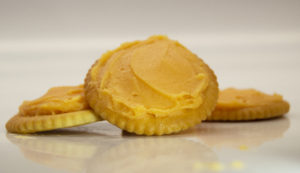
Norbixin
Norbixin is the water-soluble pigment of annatto. To make it, we put bixin through a process called saponification. This cleaves the methyl ester of bixin, forming norbixin. Like bixin, norbixin varies in hue from yellow to orange depending on the usage rate and application.

Norbixin is traditionally used to color dairy products like natural cheddar cheese, yogurt, dairy drinks, and ice cream where a water-soluble color works better. In cheese, norbixin binds to dairy proteins during cheese making, imparting excellent color and stability.
Another important food application for norbixin is ice cream where norbixin delivers the light-yellow hue of vanilla flavored ice cream at low use rates and bright orange to compliment mango or other tropical flavors at higher use rates. If you’re working with a more acidic application like beverages or low pH confections, however, you’ll want to use a norbixin product that has been protected by an emulsification system to avoid precipitation.

In summary, bixin is the oil-soluble pigment that is extracted from annatto and norbixin is the water-soluble form of the pigment. Both provide a range of yellow to red-orange colors in different applications.
Annatto is a versatile pigment since it may be used in oil or water-based foods. The range of pigment use may be expanded with the use of emulsifiers to include acidified food applications. Overall, annatto has very good stability in food applications and it’s an economical choice for a vibrant yellow to orange pigment.
If you’re in the EU, check out the expanded list of applications that can now use bixin and norbixin. Ready to get started with annatto? Request a sample here.



